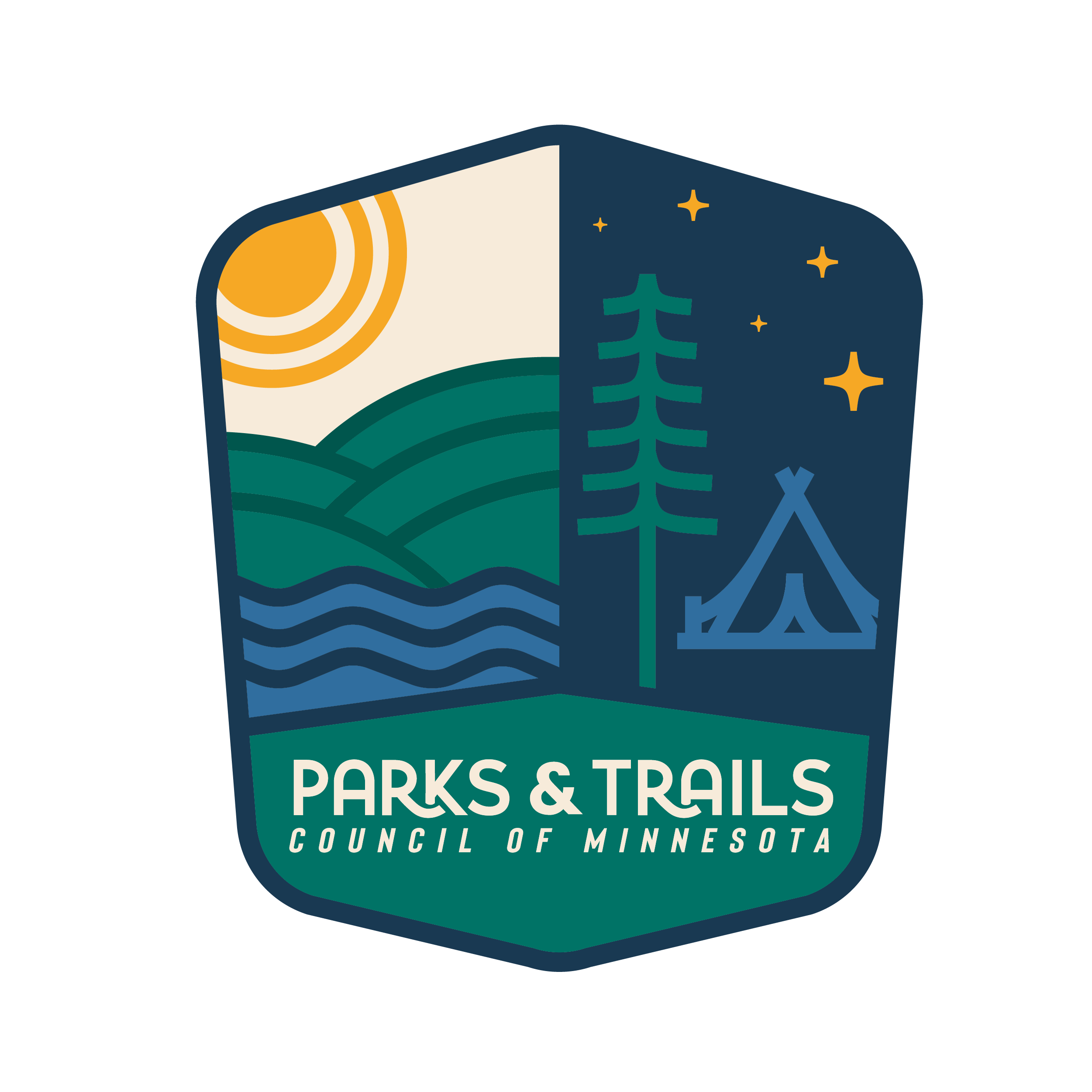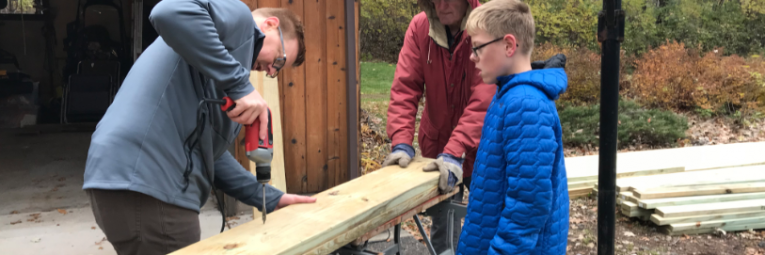
Volunteers persist in improving the trail they built
Meet the Gateway Brown’s Creek Trail Association
The Gateway State Trail exists thanks to the vision and persistence of a small group of residents, who in 1980, rallied to convert a recently abandoned stretch of the Soo Line railroad into a non-motorized trail.
Meeting in living rooms and community centers, they gained momentum and began calling themselves the Soo Line Trail Association.
As the trail idea progressed, the group encountered resistance from some neighbors. Enlisting the help of Park & Trails Council, a major legal battle ensued. The result was a 1983 landmark ruling from the Minnesota Supreme Court that allows for land easements to remain in place to create public trails after any railroad is abandoned.
Ten years later, the trail officially opened as the Gateway State Trail. The Association’s name changed appropriately and they tacked on the “Brown’s Creek” part when that trail was created in 2015.
Today, the GBCTA has nearly 200 members who support their two main goals of keeping the trail well maintained and extending the trail.
The association’s long-term vision is for the trail to eventually reach Duluth. More immediately, they are focused on building a 3-mile segment from William O’Brien State Park’s visitor center to the Scandia Village Center. Parks & Trails Council is partnering to advocate for the necessary $4.6 million in state funds to complete this project.
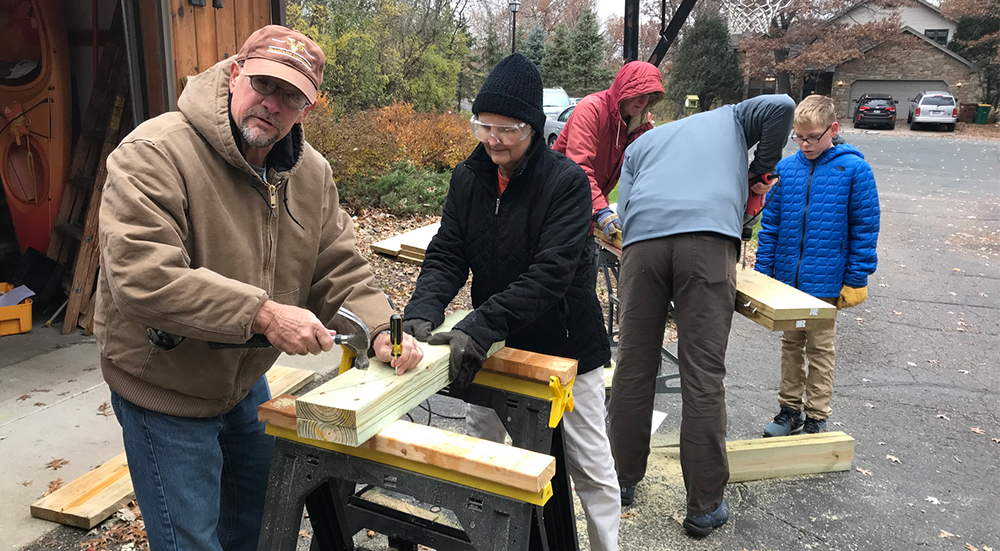
Building trail benches 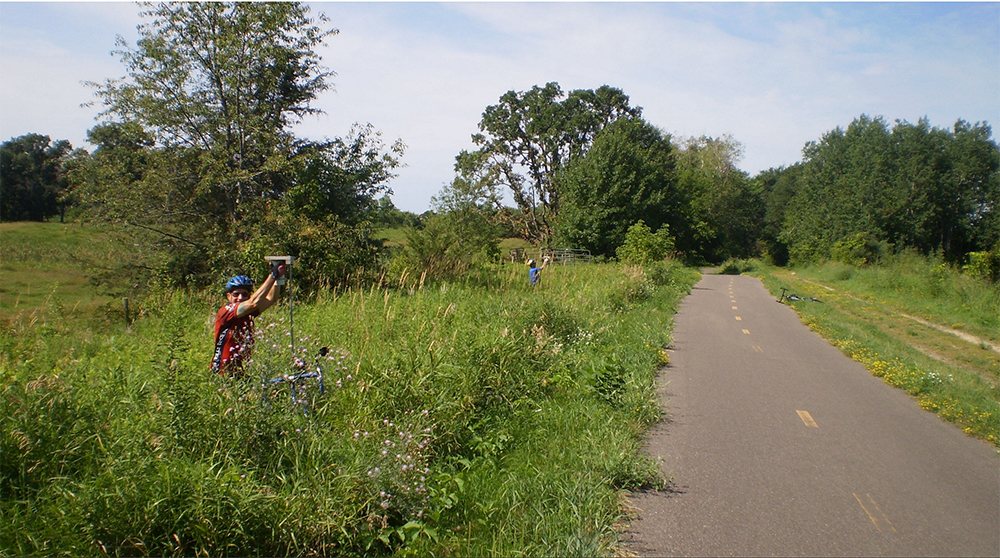
Erecting bluebird houses 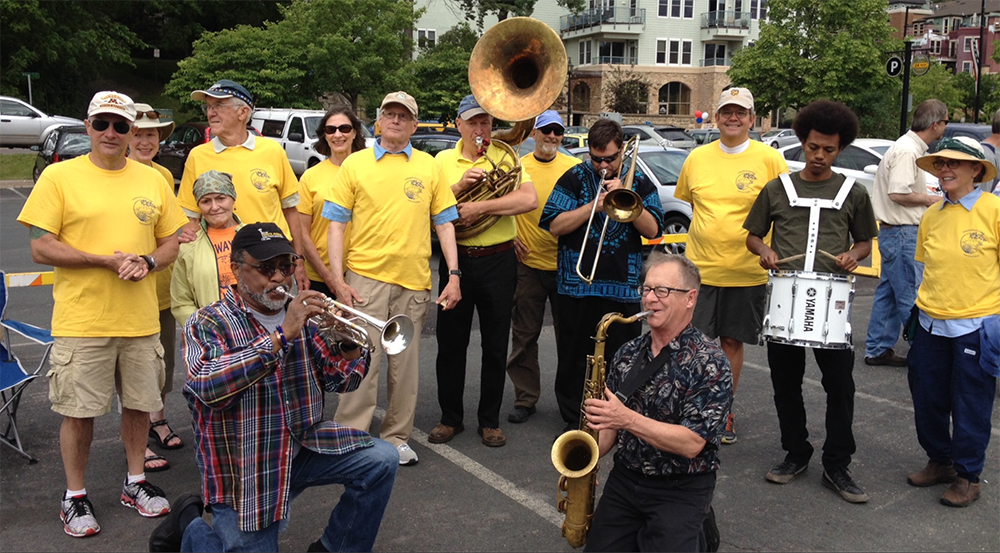
Volunteers coordinate the 2015 opening of Brown’s Creek Trail
Volunteers with the GBCTA have been busy in recent years erecting bluebird houses and building benches. Other volunteers act as trail ambassadors; they remove graffiti, clear debris, fill map boxes, record maintenance needs and even scoop up after horses when necessary.
With recent cutbacks in staff at the MnDNR due to the impacts of COVID-19, the remaining staff have been spread thin. This happens at a time when the trail is seeing skyrocketing use. “It’s been a challenge for everyone,” says GBCTA president Beth Hayden who goes on to express deep appreciation for the trail staff.
The GBCTA has been working to fill some of the gaps and advocate for the necessary public funds to keep these vital trails staffed and maintained.
About Lisa Filter
News Categories
Recent News
-
Two Friends Groups receive ... August 28, 2024
-
Share your opinion on fundi... August 27, 2024
-
DNR Update: Next Steps in t... August 26, 2024
-
Senator Foung Hawj August 16, 2024
-
Frontenac State Park Associ... August 8, 2024
